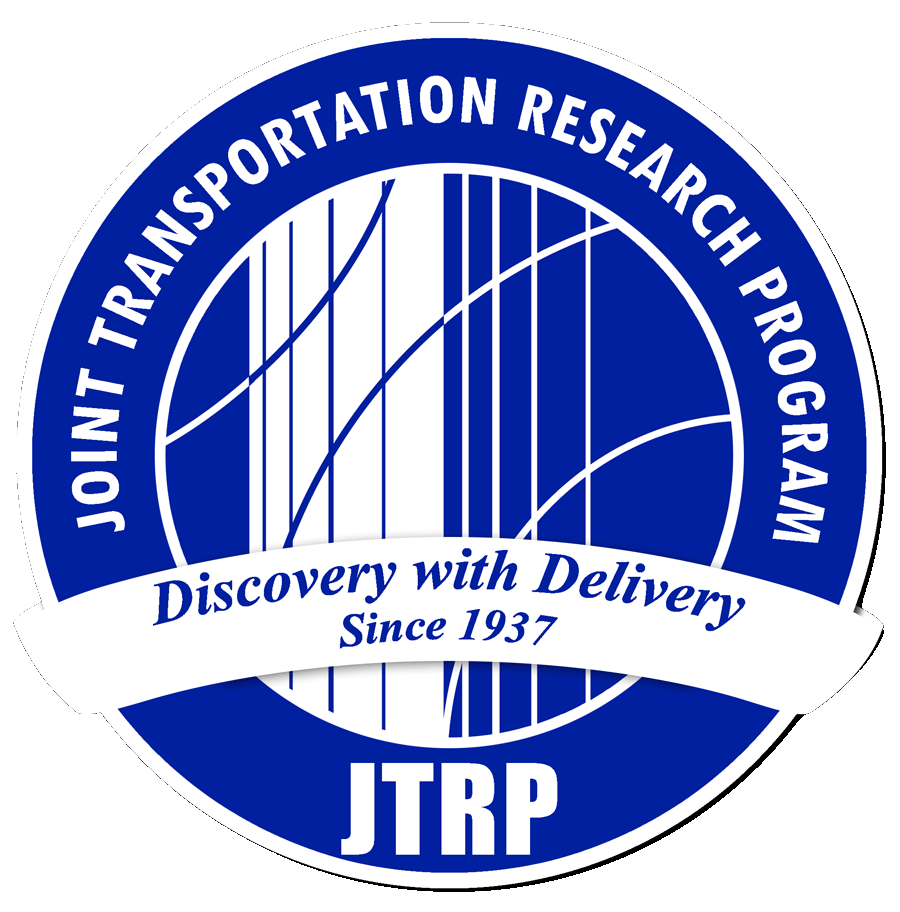Abstract
Concrete pavements represent a large portion of the transportation infrastructure. While the vast majority of concrete pavements provide excellent long-term performance, a portion of these pavements have recently shown premature joint deterioration. Substantial interest has developed in understanding why premature joint deterioration is being observed in jointed portland cement concrete pavements (PCCP). While some have attributed this damage to insufficient air void systems, poor mixture design, or chemical reaction between the salt and the paste, it is the hypothesis of this work that a component of this damage can be attributed to fluid absorption at the joints. This report begins by discussing the importance of the level of concrete saturation on freeze-thaw damage. Second, this report describes the influence of deicing salt solutions on drying and wetting of concrete. Third, the report describes some observations from field studies. Fourth, the report discusses soy methyl esters polystyrene blends (SME-PS) as a potential method to extend the service life of concrete pavements by limiting the ingress of salt solutions. The report also discusses field application of the SME-PS blends for field investigation. Finally, the report discusses the development of a test to assess chloride solution ingress during temperature cycling. The aim of this work is to provide background on some aspects that can lead to joint deterioration and to provide the pavement community alternatives on how sealers and deicers may be able to be used more efficiently to reduce joint damage.
Keywords
absorption, acoustic emission, concrete, deicing, drying, freezing, joints, saturation, soy methyl ester polystyrene, sorption, transport, wetting
DOI
10.5703/1288284315339
Date of this Version
2013
Recommended Citation
Jones, W., Y. Farnam, P. Imbrock, J. Spiro, C. Villani, M. Golias, J. Olek, and W. J. Weiss. An Overview of Joint Deterioration in Concrete Pavement: Mechanisms, Solution Properties, and Sealers. Purdue University, West Lafayette, Indiana, 2013. https://doi.org/10.5703/1288284315339


